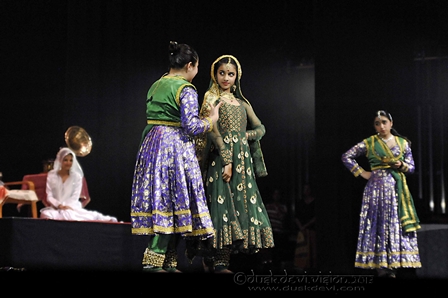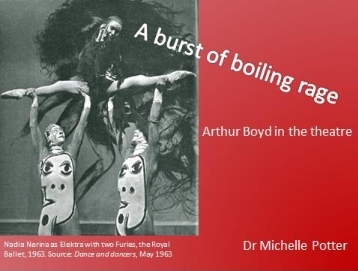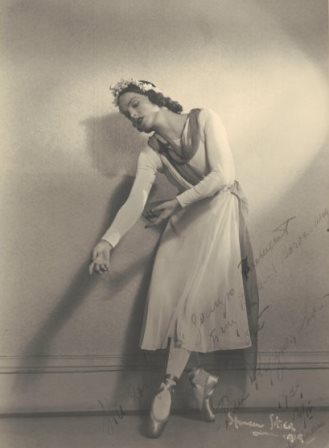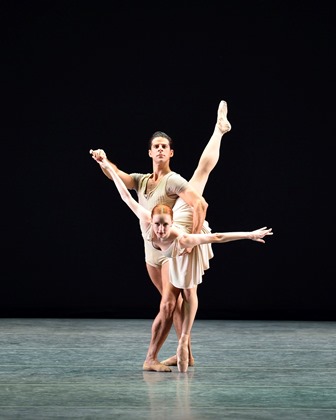The Golds is the latest production from Sydney-based film maker, Sue Healey. It does much to strengthen her position as a leading maker of dance films in Australia. With an earlier career as a dancer and choreographer to inform her work, Healey is able to hone in on what is intrinsic to dance, as indefinable as those intrinsic qualities might be.
The Golds are the dancers of Canberra’s mature age dance group, GOLD. (Growing Old Disgracefully, is the expanded form of the name). They are all over 55, some are much older. What is especially noticeable, and what is perhaps the most moving aspect of the film, is that most of these older men and women dance without a trace of self-consciousness. Their bodies are not, and mostly never have been, dancers’ bodies but they show the transformative power of dance. From this point of view The Golds is a truly beautiful film and much credit must go to Liz Lea for her inspirational leadership of the group.
I especially enjoyed a solo by Greg Barrett, a tall man with a long white beard. Made as a slow motion segment, his beard and his black, loose-fitting outfit moved beautifully with his very fluid body. Then there were some lovely segments with another dancer, whom I only know at this stage as Jane, a nun of (I think) the Brigidine order, dancing with Abbie, her little blind dog. She showed such honest movement, both with Abbie and in another section, in which she performed in front of a wall covered in what looked like graffiti or old, torn posters.
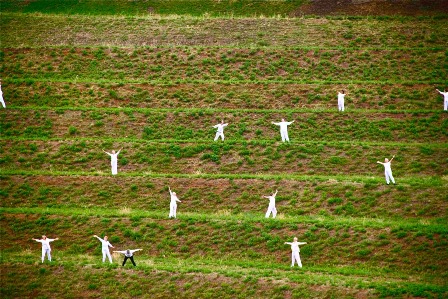
The film might also be seen as a series of vignettes as individual dancers recount why they joined GOLD and what their backgrounds have been. Thus The Golds becomes a mini documentary. There are the expected responses to questions posed (off camera and not heard by the viewer). ‘It’s good exercise for an ageing body’, ‘I want to stay active’ and other similar remarks. But there are also some surprises. ‘No I can’t do the splits, but is it necessary? I don’t think so’, or ‘I was attracted by the word disgracefully in the name’.
Director of photography, Judd Overton, has selected some spectacular locations for this film. Canberra’s landscape and some of the city’s well-known architectural features form the background for much of the film. There are some eye-catching shots of figures in the landscape and figures interacting with features of the architecture. But there are also some interior locations. Some are domestic interiors, some are in Canberra institutions, including the National Portrait Gallery. They have all been carefully chosen and add a layer of exceptional visual interest.
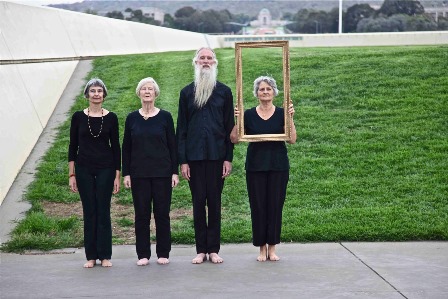
The first public screening of The Golds was at the National Film and Sound Archive, Canberra, on 3 October 2014 as part of the Archive’s final Silver Screenings program. Sadly, this program now goes into limbo as part of budget cutbacks.
This screening of The Golds was essentially a preview, as Healey noted in her opening remarks. There are one or two technical issues to be fine tuned, she said, one of which she hopes will make the program suitable as a TV documentary.
Michelle Potter, 6 October 2014
